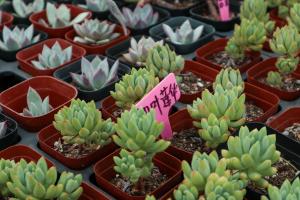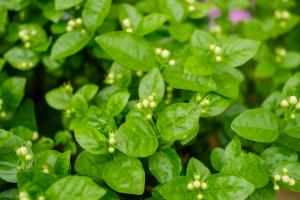Introduction
A drip irrigation system is a cost-effective, efficient way to keep your potted plants hydrated without wasting water. In this article, we'll take you through the steps to install a drip irrigation system to keep your patio or balcony plants healthy and happy.
What You'll Need
Before you get started, you'll need a few things:
A drip irrigation kit that includes tubing, emitters, and connectors
A pair of scissors or pruning shears to cut the tubing
A timer to regulate watering
A drill with a small drill bit to make holes in your pots
Step 1: Choose the Right Containers
The first step in installing a drip irrigation system is to choose the right containers for your plants. Make sure the containers have drainage holes at the bottom, so the excess water can drain out. You should also choose lightweight containers for ease of movement as you install the system.
Step 2: Create Holes in the Pots
Using a drill with a small drill bit, create a hole at the bottom of each pot. This will allow the tubing to fit through the pot and provide water to the plant roots. Make sure the hole is big enough to allow the tubing to pass through but not too big to allow soil to escape.
Step 3: Install the Tubing
Start by cutting the tubing to the appropriate length for the pot. Then, thread the tubing from the inside of the pot through the hole at the bottom. Place the tube until it's in your desired location, then cut the excess tubing. Repeat for all your pots.
Step 4: Install the Emitters
The emitters are the part of the drip irrigation system that drips water out into the soil. Insert the emitters into the outer end of each tube. Insert one emitter for each pot. Be sure to follow the kit's instructions closely, as different emitters require different steps.
Step 5: Connect the Tubing together
Connect the tubing for each pot to the main tubing using the connectors provided in the kit. The connector should have barbs that fit into the tubing, creating a tight seal. Be sure to follow the kit's instructions closely, as different connectors require different steps.
Step 6: Connect the Timer
Connect the timer to the main tubing. The timer controls when the water is delivered to the plants. You can usually program the timer to water at different times of the day, depending on your needs.
Step 7: Test Your System
Before you leave your drip irrigation system unattended, test it to ensure everything is working correctly. Turn on the water supply and check each pot to make sure the water is dripping out of the emitters at the correct rate. Make adjustments as necessary.
Conclusion
Installing a drip irrigation system does require some time and effort, but it's worth it in the end. Your plants will stay hydrated without wasting water, and you'll have more free time to enjoy your garden. Follow these steps, and you'll have a thriving garden in no time.

 how many times do yo...
how many times do yo... how many planted tre...
how many planted tre... how many pine trees ...
how many pine trees ... how many pecan trees...
how many pecan trees... how many plants comp...
how many plants comp... how many plants can ...
how many plants can ... how many plants and ...
how many plants and ... how many pepper plan...
how many pepper plan...






























